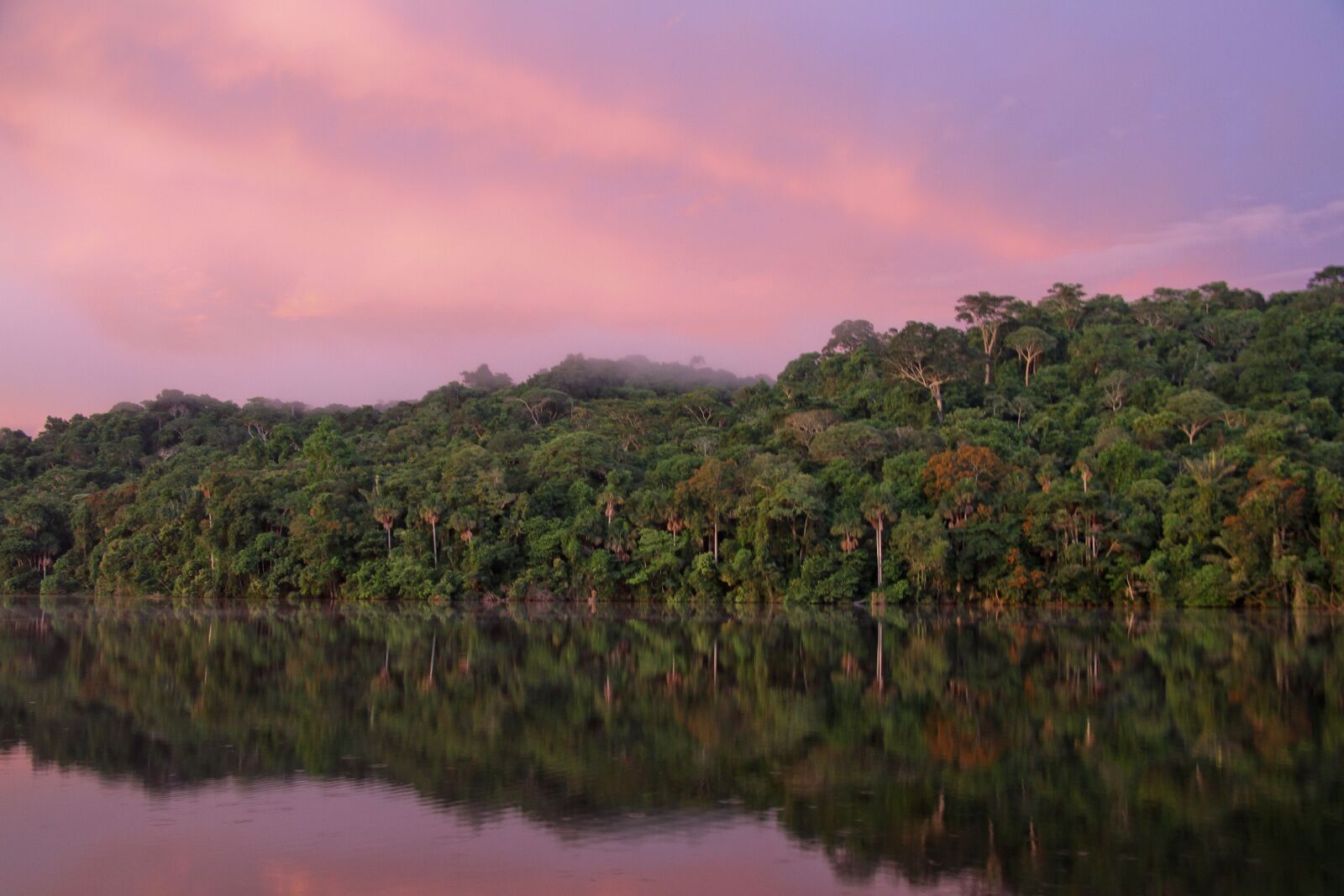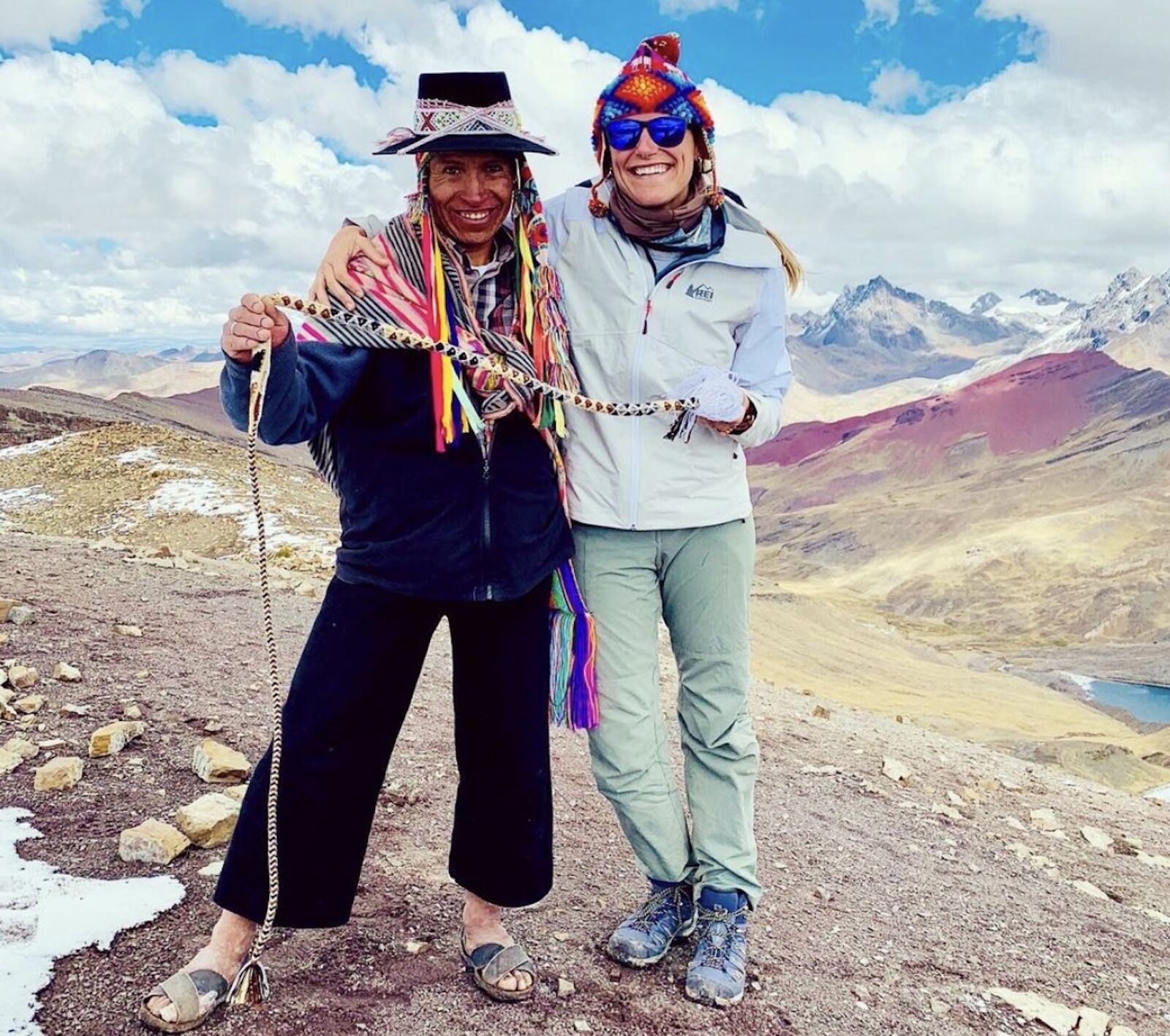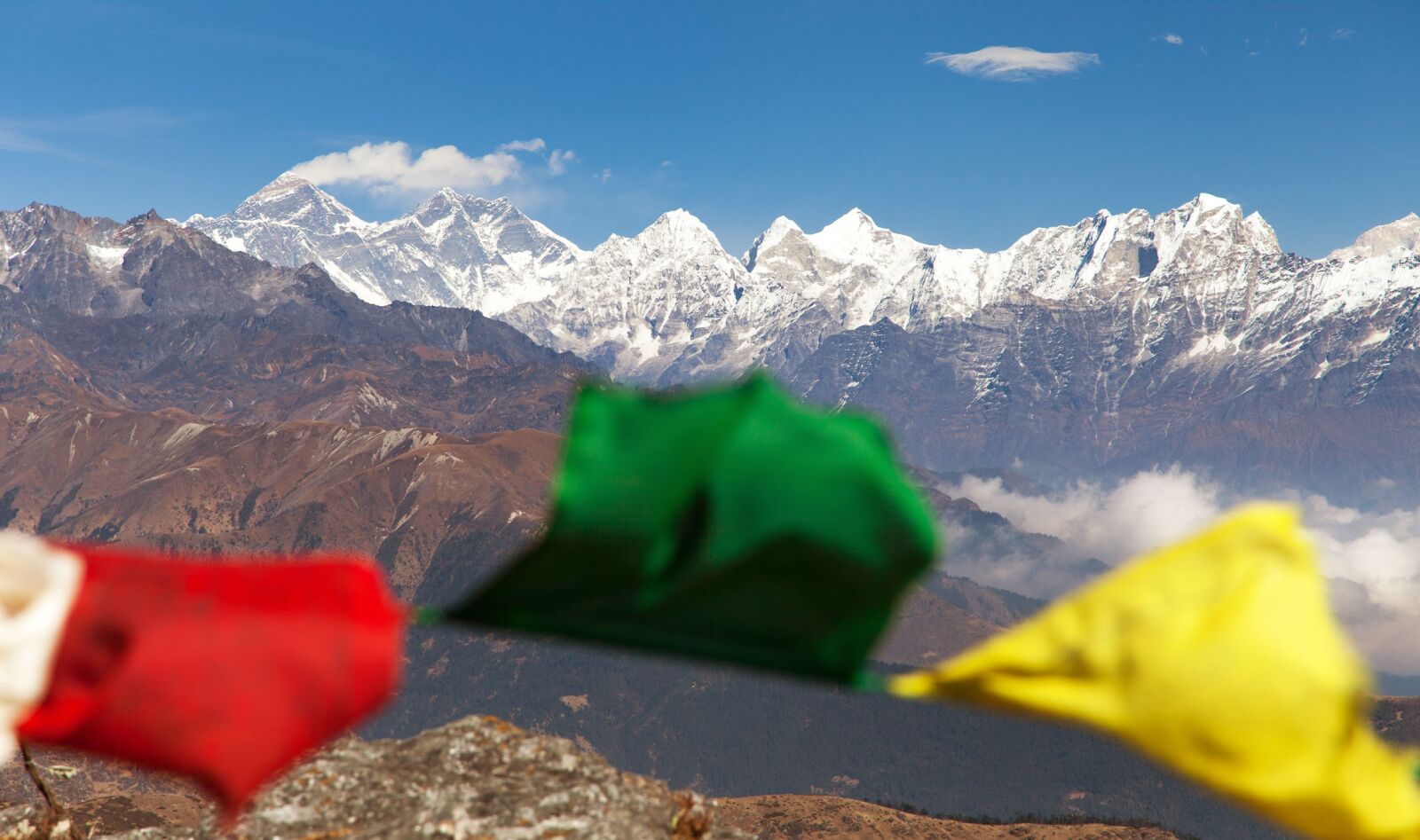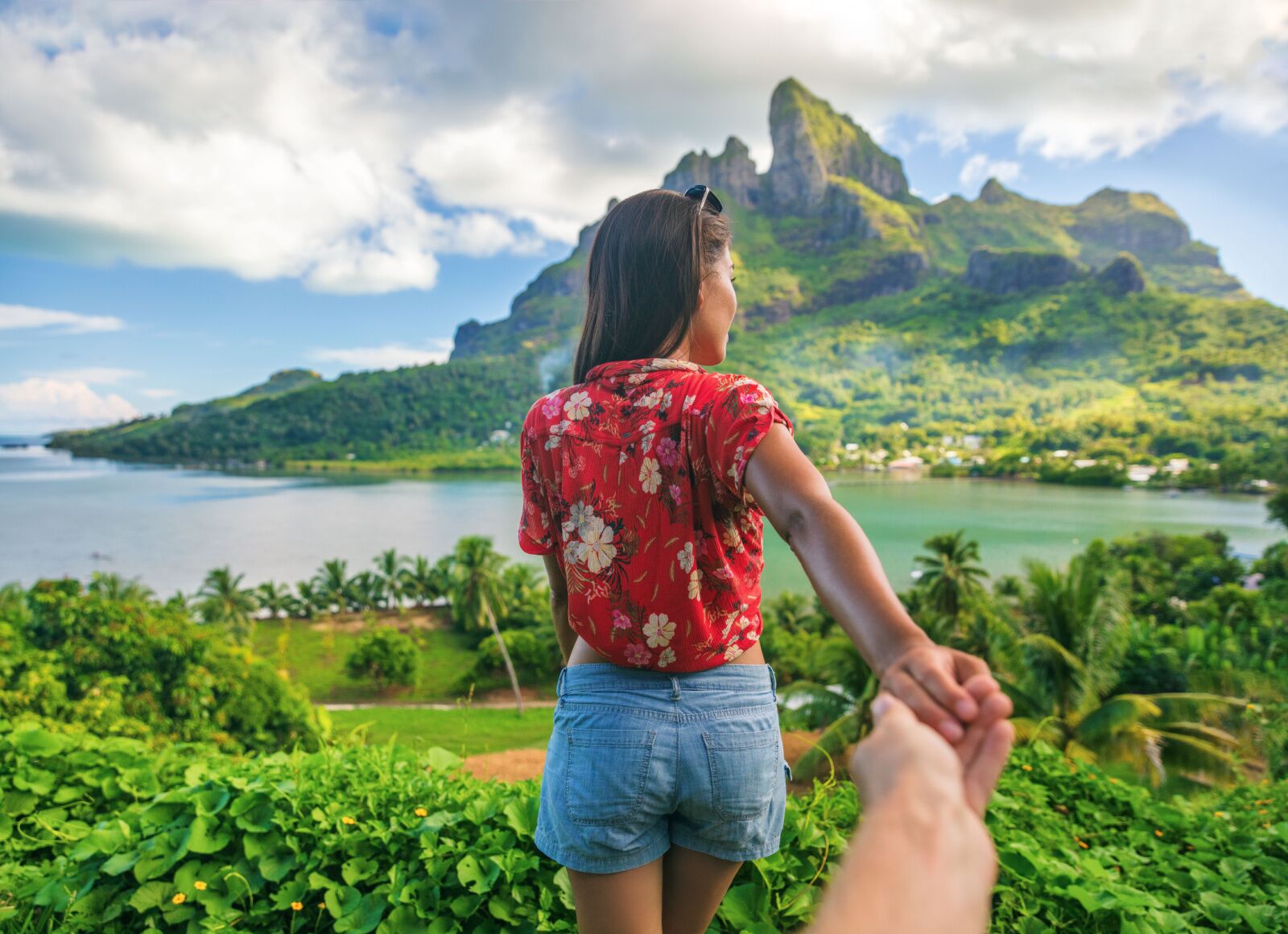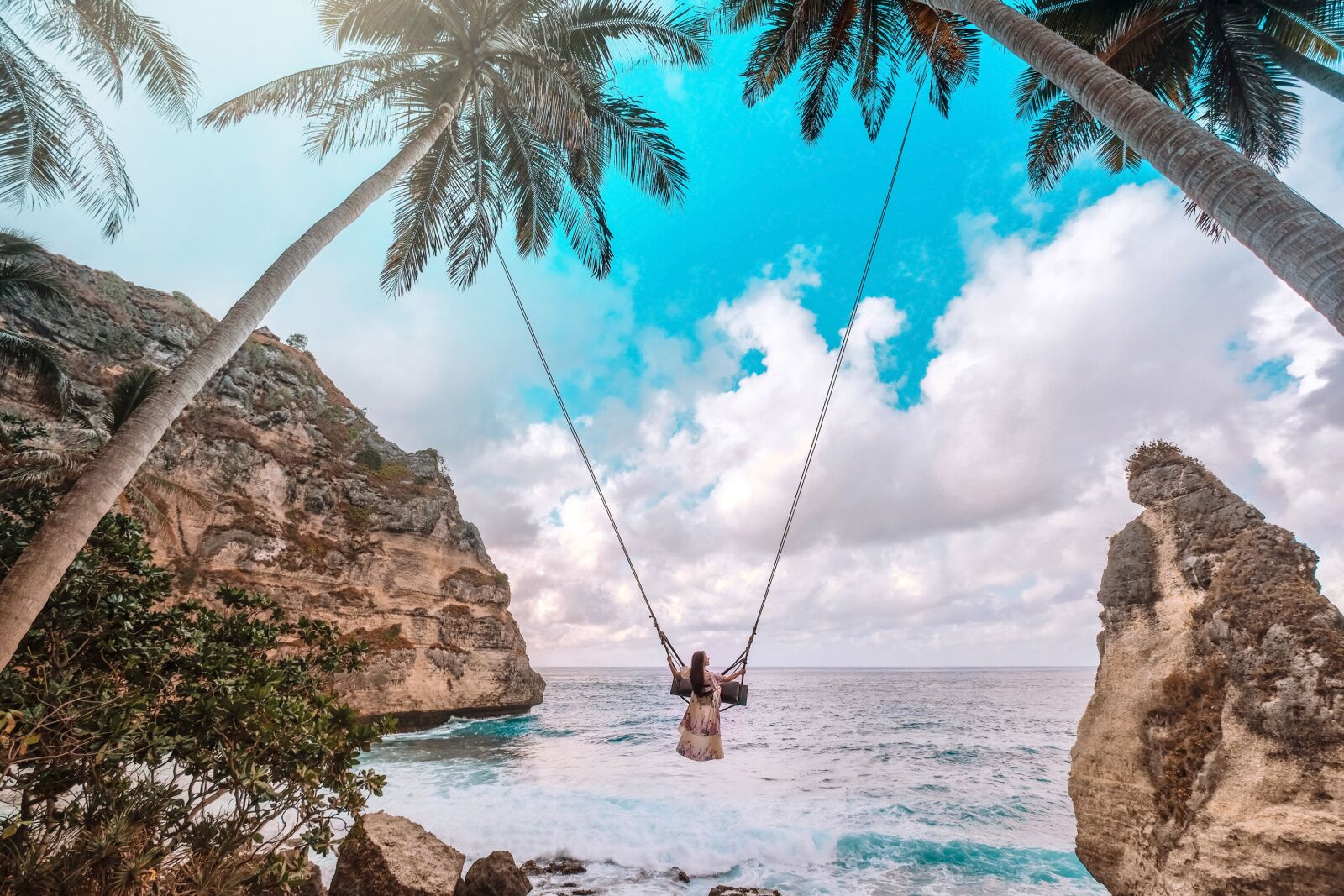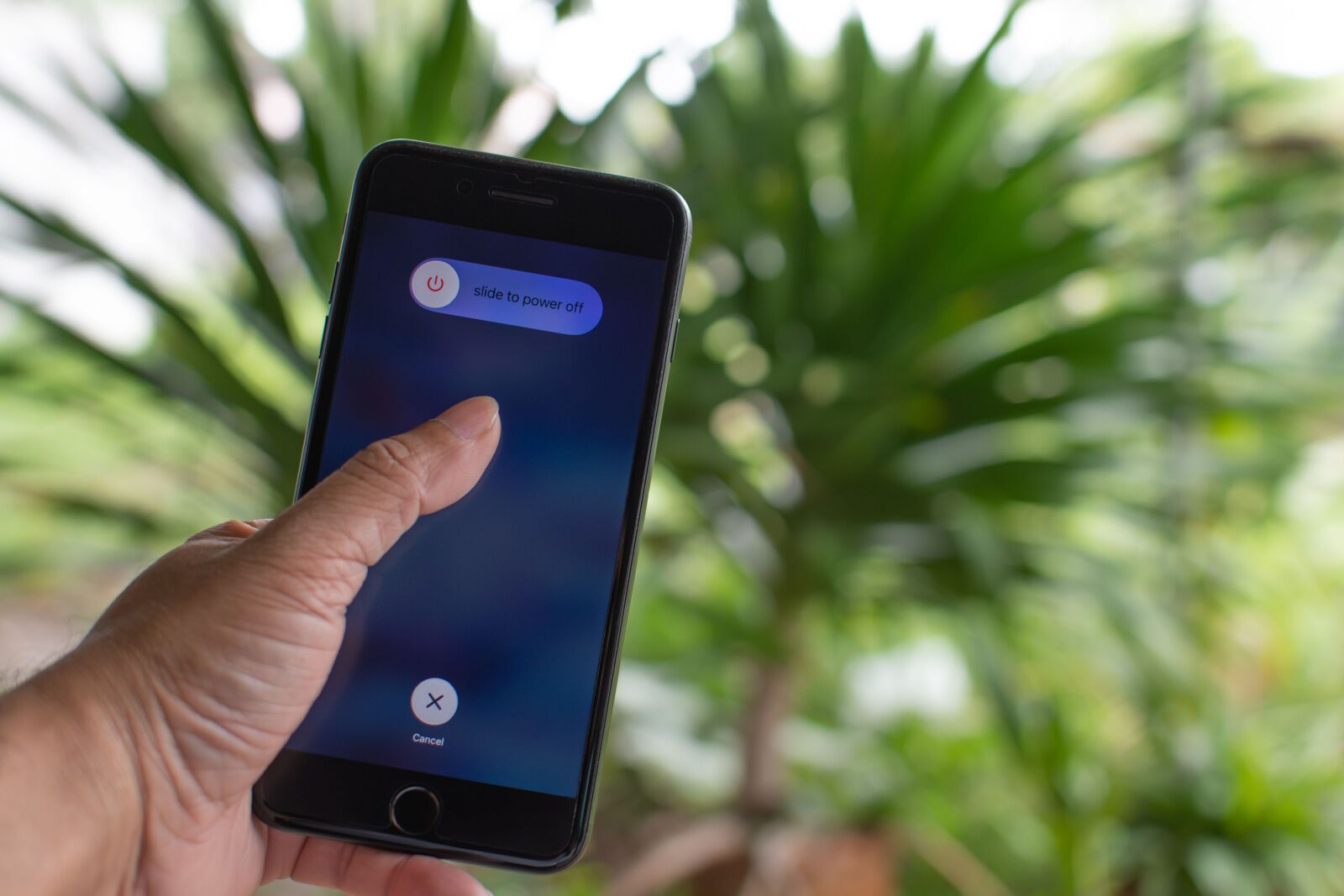“To post, or not to post, that is the question,” is probably what Hamlet would have said in 2023. And it’s one that I’ve grappled with as a travel writer moving across the world, from the icebergs of western Antarctica to the islands of the South Pacific.
Instagram is a motivating force for travel, influencing our decisions on where to vacation next and helping us decide between the Blue Lagoon of Iceland or sandy beaches of Bali. But the same tantalizing social media posts that draw us to certain locations can be a deterrent when you’re actually there. Instagram can be credited with much of the blame for hundreds of tourists lined up to capture the “perfect” panoramic sunset in Santorini, and for the delusional trend of taking wildlife selfies in national parks, where “doing it for the ‘gram” becomes a safety hazard.

